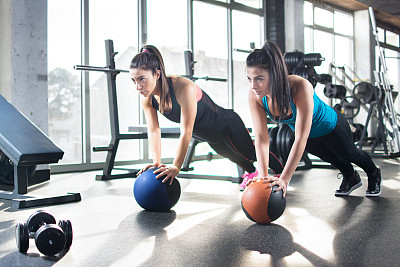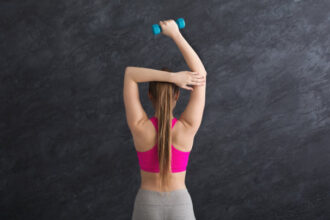“Body Reset” HIIT Workout
High‑Intensity Interval Training pairs brief bursts of vigorous effort with periods of easier movement or complete rest. When the work segments are truly challenging for the individual and the recoveries are long enough to repeat quality efforts, even short sessions—sometimes as little as ten minutes of focused intervals—can improve cardiorespiratory fitness, insulin sensitivity, and perceived energy. The overall impact on body weight still depends on total activity and nutrition across the week, but HIIT is an efficient way to elevate training stimulus in limited time.
One of the strengths of HIIT is its adaptability. The same interval concept applies across running, swimming, cycling, rowing, hiking, and low‑impact options like elliptical trainers. It also blends well with circuit formats that combine resistance exercises and aerobic elements, or with studio practices such as aerobics and Pilates, by weaving in short, controlled surges of higher intensity. The key is to choose modes that suit your joints and current conditioning so you can push safely during the hard segments and recover smoothly between them.
Beginners benefit from keeping the first few weeks simple and repeatable. A couple of short HIIT sessions on non‑consecutive days, paired with easy movement on the other days, allow the heart, lungs, and muscles to adapt without excessive fatigue. Warm up gradually, build the intensity of the work intervals over time, and extend rests as needed to maintain good technique. As fitness improves, intervals can become slightly longer or faster and recoveries a bit shorter, but progression should remain steady rather than abrupt.
Older adults can respond very well to HIIT when it is tailored. Lower‑impact modalities, conservative starting intensities, and slightly longer recoveries make the sessions both effective and joint‑friendly. People with cardiovascular, metabolic, or musculoskeletal conditions should consider medical guidance before beginning vigorous intervals, and everyone should stop if they experience warning signs such as chest pain, unusual shortness of breath, or dizziness. When individualized and monitored, HIIT can meaningfully improve endurance and daily function across age groups.
Whether you are a runner, swimmer, cyclist, or hiker—or you prefer strength circuits, aerobics, or Pilates—the “Body Reset” approach is to insert purposeful bursts of effort into movements you already enjoy. Keep sessions focused, respect recovery, and let intensity rise gradually as your capacity grows. Done this way, HIIT becomes a sustainable tool for refreshing your routine and moving toward better health.







